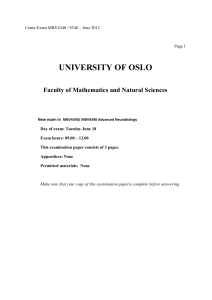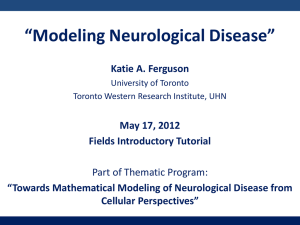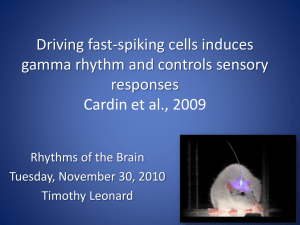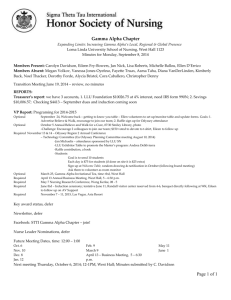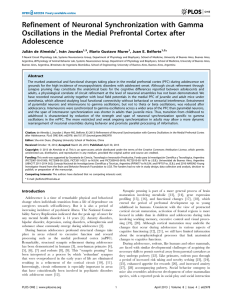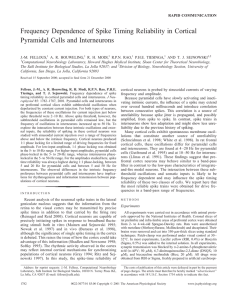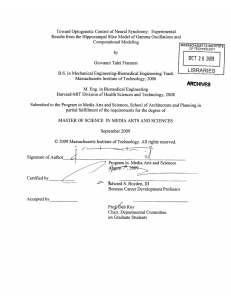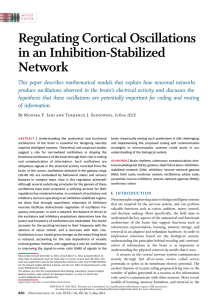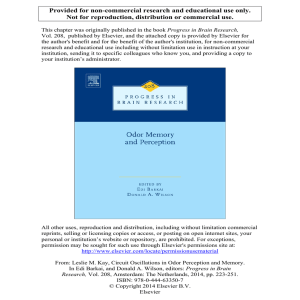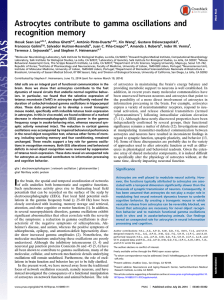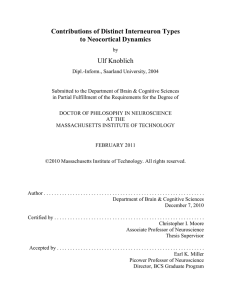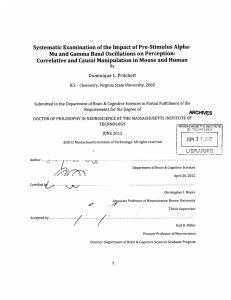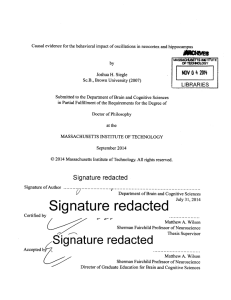Print this Page Presentation Abstract Program#/Poster#: 71.03/NN13
advertisement
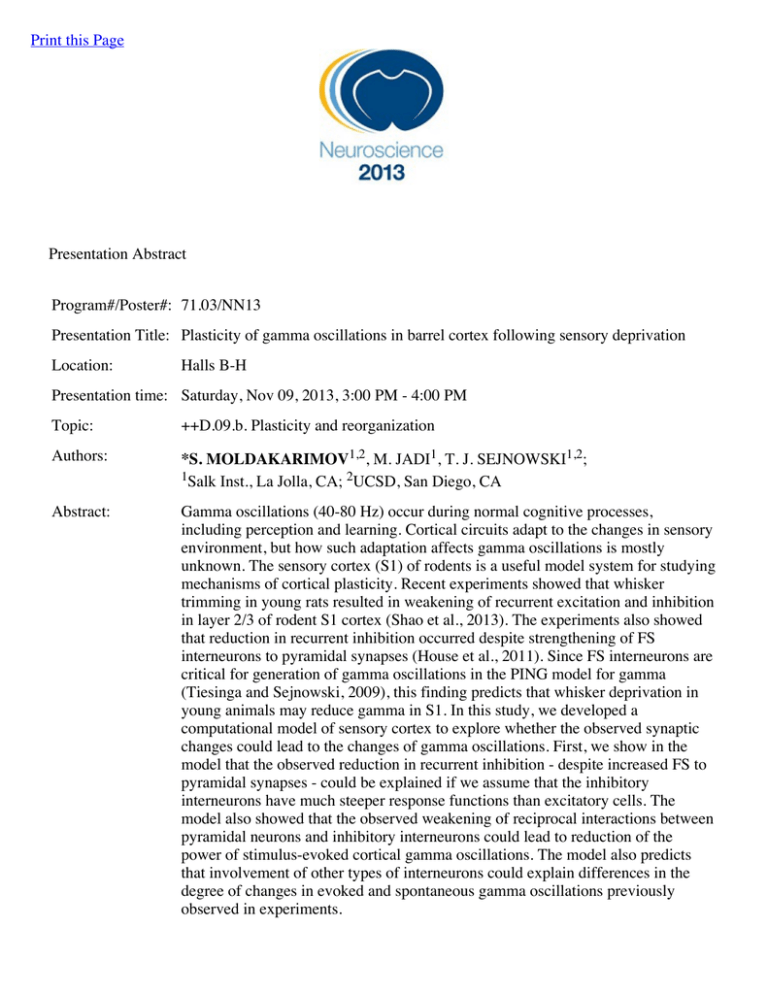
Print this Page Presentation Abstract Program#/Poster#: 71.03/NN13 Presentation Title: Plasticity of gamma oscillations in barrel cortex following sensory deprivation Location: Halls B-H Presentation time: Saturday, Nov 09, 2013, 3:00 PM - 4:00 PM Topic: ++D.09.b. Plasticity and reorganization Authors: *S. MOLDAKARIMOV1,2, M. JADI1, T. J. SEJNOWSKI1,2; 1Salk Inst., La Jolla, CA; 2UCSD, San Diego, CA Abstract: Gamma oscillations (40-80 Hz) occur during normal cognitive processes, including perception and learning. Cortical circuits adapt to the changes in sensory environment, but how such adaptation affects gamma oscillations is mostly unknown. The sensory cortex (S1) of rodents is a useful model system for studying mechanisms of cortical plasticity. Recent experiments showed that whisker trimming in young rats resulted in weakening of recurrent excitation and inhibition in layer 2/3 of rodent S1 cortex (Shao et al., 2013). The experiments also showed that reduction in recurrent inhibition occurred despite strengthening of FS interneurons to pyramidal synapses (House et al., 2011). Since FS interneurons are critical for generation of gamma oscillations in the PING model for gamma (Tiesinga and Sejnowski, 2009), this finding predicts that whisker deprivation in young animals may reduce gamma in S1. In this study, we developed a computational model of sensory cortex to explore whether the observed synaptic changes could lead to the changes of gamma oscillations. First, we show in the model that the observed reduction in recurrent inhibition - despite increased FS to pyramidal synapses - could be explained if we assume that the inhibitory interneurons have much steeper response functions than excitatory cells. The model also showed that the observed weakening of reciprocal interactions between pyramidal neurons and inhibitory interneurons could lead to reduction of the power of stimulus-evoked cortical gamma oscillations. The model also predicts that involvement of other types of interneurons could explain differences in the degree of changes in evoked and spontaneous gamma oscillations previously observed in experiments. Disclosures: S. Moldakarimov: None. M. Jadi: None. T.J. Sejnowski: None. Keyword(s): GAMMA PLASTICITY SOMATOSENSORY CORTEX Support: ONR MURI Award N00014-10-1-0072
